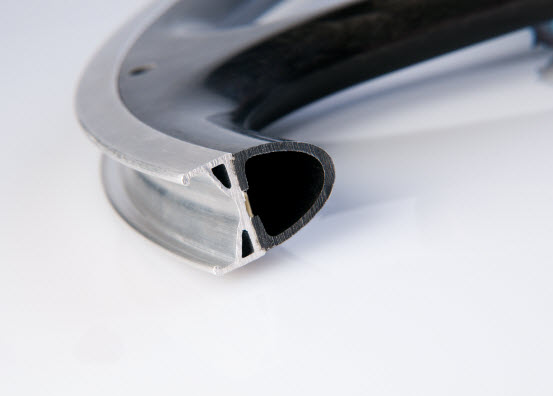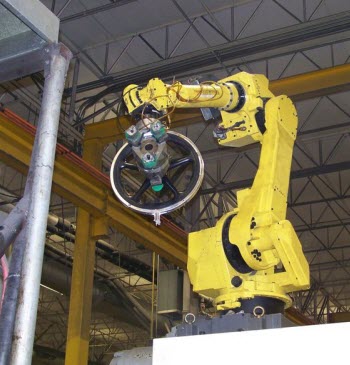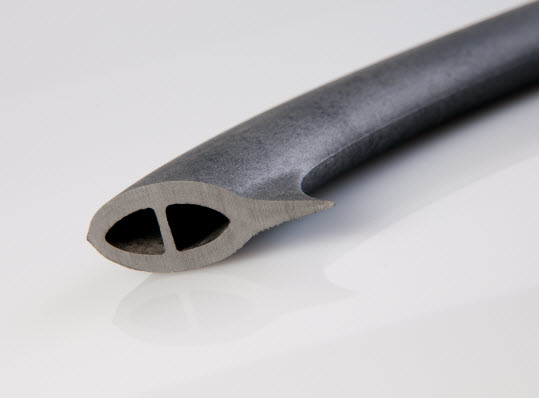
CEW’s Patented Injection Molding Process – Innovative Solutions. Innovative Products.
Lost core molding is a specialized 3-step process. This process is generally reserved to military and aerospace grade products, where lightweight products with high levels of strength are necessary.
We at CEW have developed the ‘X-CORE® Wheels’ using this high tech process of manufacturing. X-CORE® wheels feature a single structure without any attachments, nut, or bolts.
The exceptional performance of these wheels is attributable to the brilliant design, manufacturing process, and superior materials used.






| Custom Lost Core Molding Services | Specifications |
| General Capabilities: | Assembly Design Engineering Production Prototype |
| Product Capabilities: | Large Components Multi-Component Small Parts |
| Mold Process Type: | Lost Core Molding |
| Material: | Carbon Fiber Carbon Fiber Composite Flexible Polyvinyl Chloride (FPVC) High Density Poly Ethylene (HDPE) Glass Filled Nylon Polypropylene (PP) |
| Clamping Force: | 400 to 720 t |
| Minimum Shot Size: | 42 oz |
| Maximum Shot Size: | 168 oz |
| Additional Services: | Mold Making Product Development Rapid Prototyping (SLA, 3d printing) |
| Intended Applications: | X-Core Wheelchair Wheels Bicycle Wheels Lightweight composite Aerospace components |
| Quality Assurance: | ISO 9001:2015 |
Lost Core Molding Design Process
Robotic technology is used to move the wheel from one process to another. Below details the lost core molding process:
In this process, a low temperature alloy is injected into the mold at low pressure. The core is created with the help of injection molding.
The core is locked into the injection mold. This holds the core in place. The composite material is then poured over the core directly. This process is known as over molding. The composite material retains the shape and structure of the metal when the metal is melted out. We at CEW have innovatively integrated the two processes of core casting and injection molding into a single cycle, and on the same platen. A two-shot injection is used for both the methods. This simplifies the process, while producing a superior product.
The injection-molded part is removed from the press, and transferred robotically to the ‘Melt-Out Station’. Here, the metal core located inside the composite part is melted out. The composite material that remains forms the basic structure of the wheel. Although, the core is unsupported by a metal frame, it is extremely strong and displays complex interior geometry. Moreover, without the metal interior, the wheel is exceptionally light.
The two methods used to melt out the core are ‘Hot Oil Tank’ (where – Lutron water-soluble oil – is used) and ‘Induction Coils / Hot Oil Combination’.
Once the final part is produced, it is finished to make it look aesthetically appealing. This process comprises removing oil, cleaning the wheel, removal of runners, if any, painting, final assembly, and packaging.
Materials Used for Lost Core Molded Wheels
Our X-Core wheels are manufactured using high-grade composite materials:
This Glass Fiber Reinforce Material is heavier than carbon fiber. The reinforce material is glass filled Nylon 6, which is considered to be the ideal material.
It is a carbon fiber composite material, which is lighter and stronger than Fiber Reinforce Composites.
Advantages of Lost Core Molding
The brilliance of lost core molding is truly witnessed in product performance. The other benefits of using these wheels are:
Our Lost Core Molded Products
We provide stock as well as customized products for lost core molded composite wheels. These wheels are manufactured using carbon fiber composite, which makes them sturdy, durable, and incredibly lightweight. Click on the product to know more:
With the help of this process, we create products in a variety of materials. If you are looking for innovative solutions, please contact us or click here to start a project.